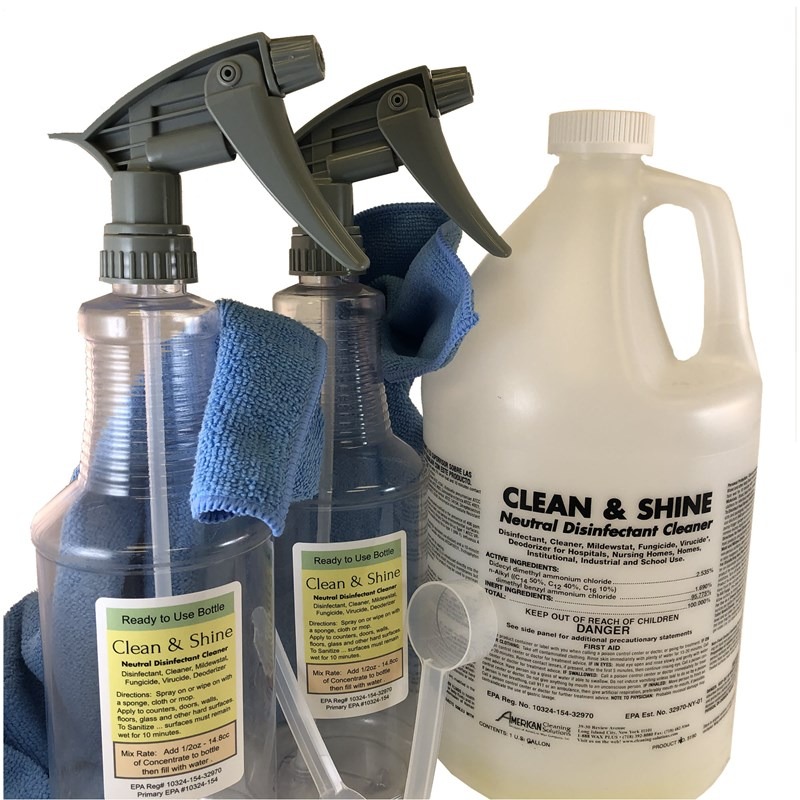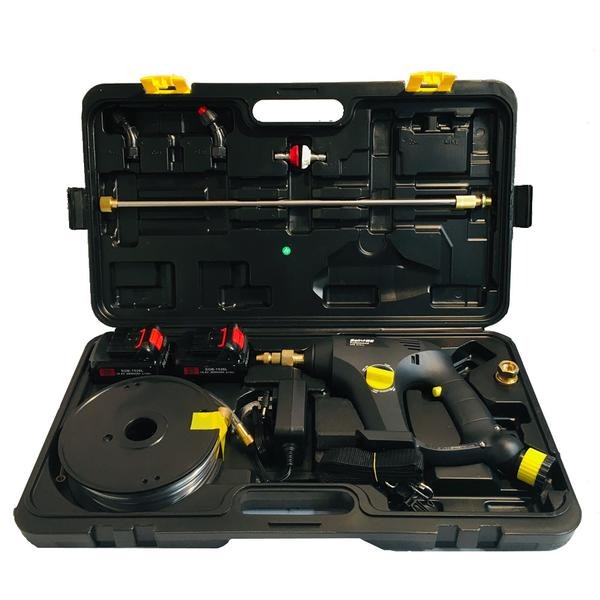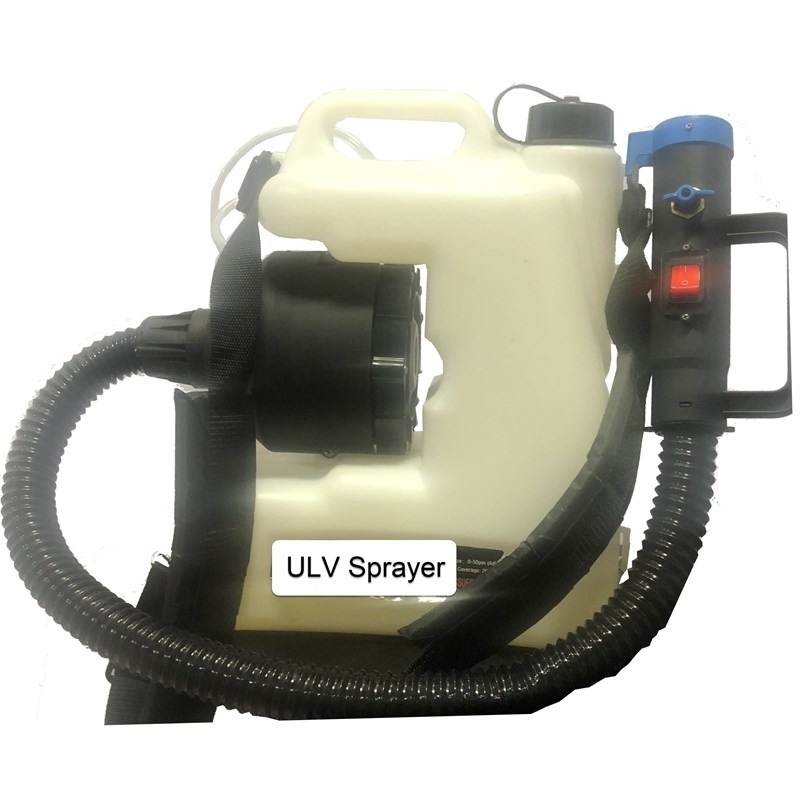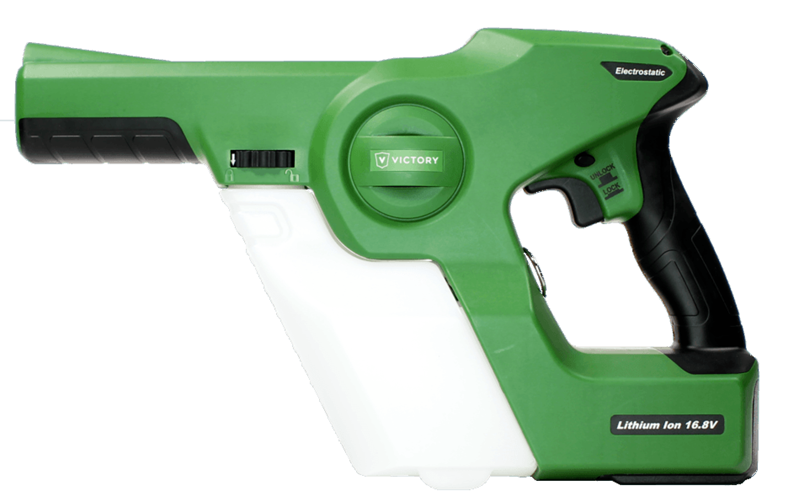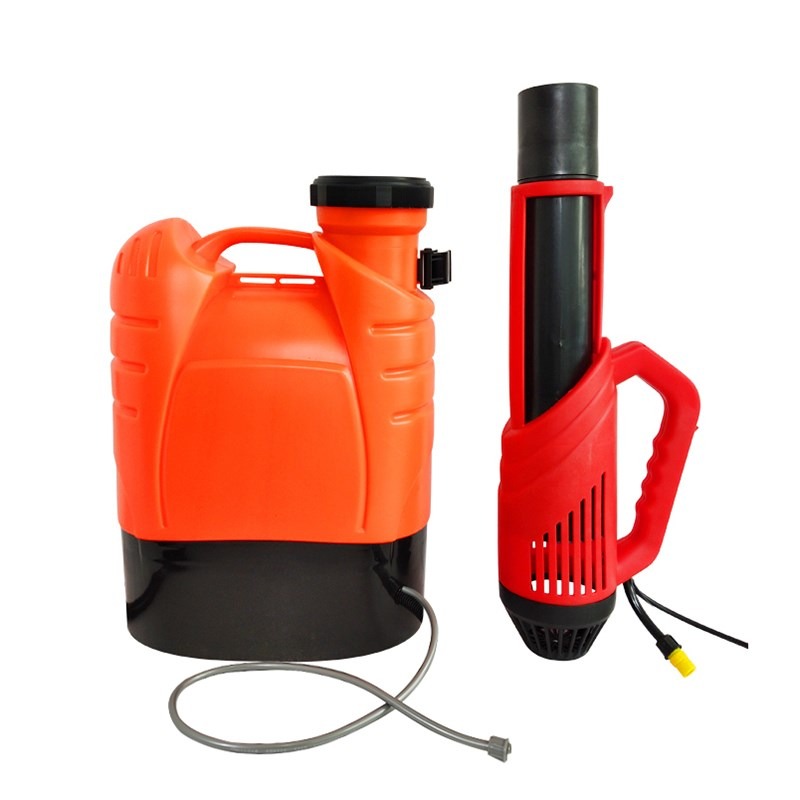How to Select the Best Sanitizing Sprayer for Your Needs
Since the onset of Covid 19, cleaning companies have become increasingly aware of the benefits of providing interior and exterior sanitizing services. It’s an affordable market to get into, a natural add-on service for cleaning companies, and a great way to help support your current clients as well as gain new ones.
Cleaning vs. Sanitizing vs. Disinfecting
There are legal differences in the terms cleaning, sanitizing, and disinfecting. As the CDC explains:
- Cleaning removes germs, dirt, and impurities from surfaces or objects. Cleaning works by using soap (or detergent) and water to physically remove germs from surfaces. This process does not necessarily kill germs, but by removing them, it lowers their numbers and the risk of spreading infection.
- Sanitizing lowers the number of germs on surfaces or objects to a safe level, as judged by public health standards or requirements. This process works by either cleaning or disinfecting surfaces or objects to lower the risk of spreading infection.
- Disinfecting kills germs on surfaces or objects. Disinfecting works by using chemicals to kill germs on surfaces or objects. This process does not necessarily clean dirty surfaces or remove germs, but by killing germs on a surface after cleaning, it can further lower the risk of spreading infection.
According to these definitions, as a cleaning company, you are already helping slow the spread by removing some of the germs when you clean. You can easily upgrade your window cleaning services to "sanitizing" by adding Clean and Shine disinfectant to your mix. If you are soft washing or power washing, you are likely already using bleach, which is also an effective disinfectant.
An important note: For our industry's purposes, we recommend using the term "sanitize," even though you may be using a disinfectant like Clean and Shine or Sodium Hypocholorite. That's to protect yourself from some potential legal ramifications.
Also note that a surface should be cleaned before it can be sanitized so that the disinfectant actually reaches the actual surface. Otherwise, you're just sanitizing the grime on top of the surface! .
Disinfecting with Clean and Shine
Clean and Shine is an EPA-registered, extremely effective, EPA-registered disinfectant, deodorizer, and cleaner specifically designed for use in offices, hospitals, nursing homes, schools, and food service, etc. for use on all hard surfaces, floors, counters walls, glass, tile, and is effective as a no rinse sanitizer on non-porous food contact surfaces. This product kills Human Coronavirus, HIV-1, Herpes Simplex, Salmonella, Pseudomonas, Strep, MRSA etc.
- Light Yellow Liquid,
- Pleasant Summer Breeze Fragrance.
- Concentrated
- Dilution: 2 ounces per gallon of water
- 1 Gallon concentrate makes 64 gallons finished product
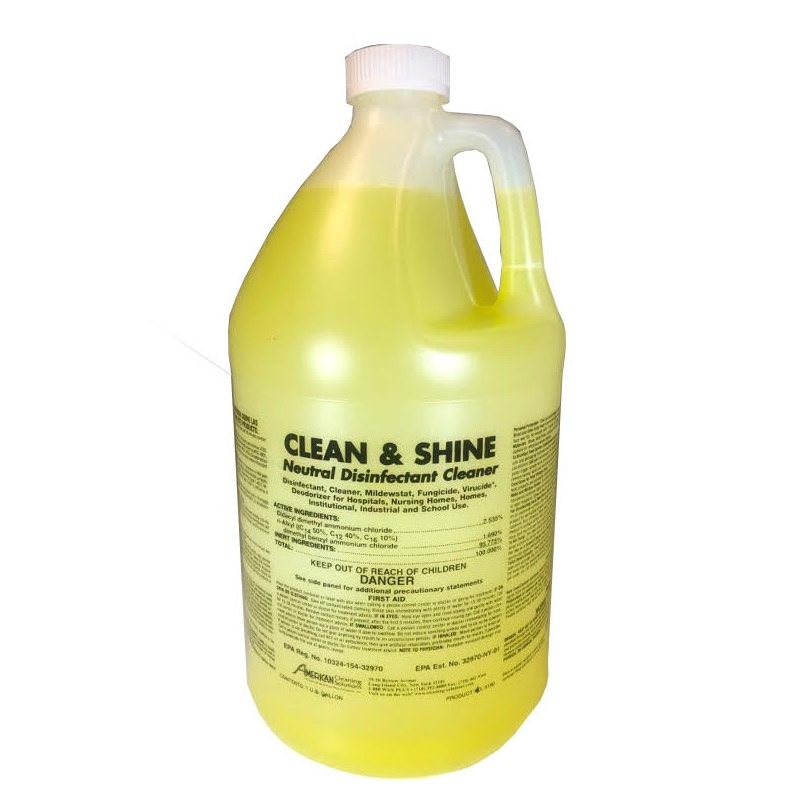
Types of Sprayers
For a disinfectant to do its job, it has to actually cover a surface then dwell, typically for at least 10 minutes. Ideally you want to be able to leave the disinfectant on the surface to dry on its own because it's more cost effective for you since you don't have to do a second pass and manually wipe up the disinfectant. However, the ability to do this often relies on the type of sprayer you use to apply the disinfectant.
Each spraying method has both its advantages and disadvantages. Let's take a look:
Trigger Sprayers
Trigger sprayers are the simplest and least expensive option, and work well if you have a small area to sanitize – like a small front office with a few desks, or the front counter at a retail store. These also work well if you're only sanitizing high touch areas, like doorknobs, elevator buttons, etc.
When you get to bigger areas, however, trigger sprayers are not a great option. For one, you can't control the droplet size, which means you risk pooling your disinfectant on the surface. Your hand is also likely to get tired when covering large areas.
Advantages:
- Inexpensive
- Good for small areas
- Easy to Use
- Good option for high-touch areas
Disadvantages:
- Only works as fast as you can physically pump it
- Time consuming and tiring for large areas
- Hard to control droplet size
Electric Sprayers/ProTool Power Sprayer
Our ProTool Power Sprayers work similarly to a manual trigger sprayer, except the electric pump regulates the spray as opposed to your finger. The ProTool Sprayer pumps a much high volume than a manual trigger sprayer.
This is a good option for larger commercial settings.
Advantages:
- Sprays faster and farther than a manual trigger sprayer
- Better for covering larger spaces than a manual trigger sprayer
- Good for exterior spraying uses as well as interior
- Can be used for additional purposes and products
- Costs less than $300
Disadvantages
- Difficult to control droplet size
- Need to walk quickly to avoid over-wetting surfaces
ULV Sprayers
ULV stands for Ultra Low Volume, meaning it uses only a small amount of product but a lot of air. The air pushes the product outward to cover large areas quickly, then the droplets are pulled down to the surface by gravity. Our ULV Backpack Sprayer is a handy option for sanitizing larger indoor and outdoor areas.
The ULV sprayer work by pulling the product out of the holding tank, then uses air at the tip of the hose to blast out the particles. The ULV is designed to allow you to control the droplet size from 5 microns to 50 microns, and it also pushes the droplets farther, letting you spray down larger and taller areas easier than with a trigger or electric sprayer. We recommend using with distilled water to prevent clogging the impellar.
Advantages
- Adjustable knob lets you control the droplet size when spraying
- Backpack makes it easy to carry
- Can be used with both Clean and Shine for sanitizing and ??? for deodorizing
- Can by used indoors and outdoors
- Costs less than $300
Disadvantages
- Noisy, like a vacuum
- Requires access to 110-volt electricity to use
Electrostatic Sprayers
Electrostatic sprayers work by breaking down the disinfectant into tiny particles that are briefly electrically charged. The sprayers are charged by pulsed electric motors that produce spiral, vibrating air flows which shoot tiny, electrically-charged disinfectant particles into the air though high-powered tips. The positively-charged chemical particles are drawn to the negatively-charged surfaces, and so the particles are electrically pulled from the air. Because the positively charged disinfectant particles are drawn to the negatively charged surfaces, the disinfectant spreads not only on top of the surface, but also underneath, moving into cracks and crevices that they might not otherwise reach. The charge also helps the particles cling to vertical surfaces.
Like with the ULV sprayers, electrostatic sprayers allow the user to control the droplet size from 5 to 50 microns. Because the product adheres to the surface, you can use less product. These sprayers run on 12v batteries, which makes it easier to maneuver than a plug-in sprayer.
However, these sprayers require extra caution. The electrically-charged particles are looking for a surface to adhere to, and if you’re not careful, they will adhere to you. In other words, you can can get shocked! It’s very important to keep your sprayer dry and the lid on tight, otherwise the electrostatic charge can dissipate through this exterior moisture and potentially discharge onto the operator.
Advantages:
- Good for spraying large areas
- Easily control droplet size
- Adheres to and under surfaces, providing best coverage
- Battery operated
- Backpack sprayer available
Disadvantages
- Can shock you if wet or lid is not on tight
- Most expensive option (although still just run $400 to $800 depending on the model)
Spraying Sanitizers Takes Practice
While sanitizing surfaces is not difficult, it does take some practice. The type of sprayer you use for sanitizing surfaces will depend on your customer base and your budget. No matter which type you use, be sure to wear the proper PPE when sanitizing, which should include masks and gloves at the very least.
You may also want to review some of our other Learning Center pieces:
How Disinfectant Droplet Size Affects Your Sanitizing Process
How to Efficiently Use Clean & Shine for Sanitizing Windows
Preparing Your Cleaning Business for a Post Pandemic Economy


